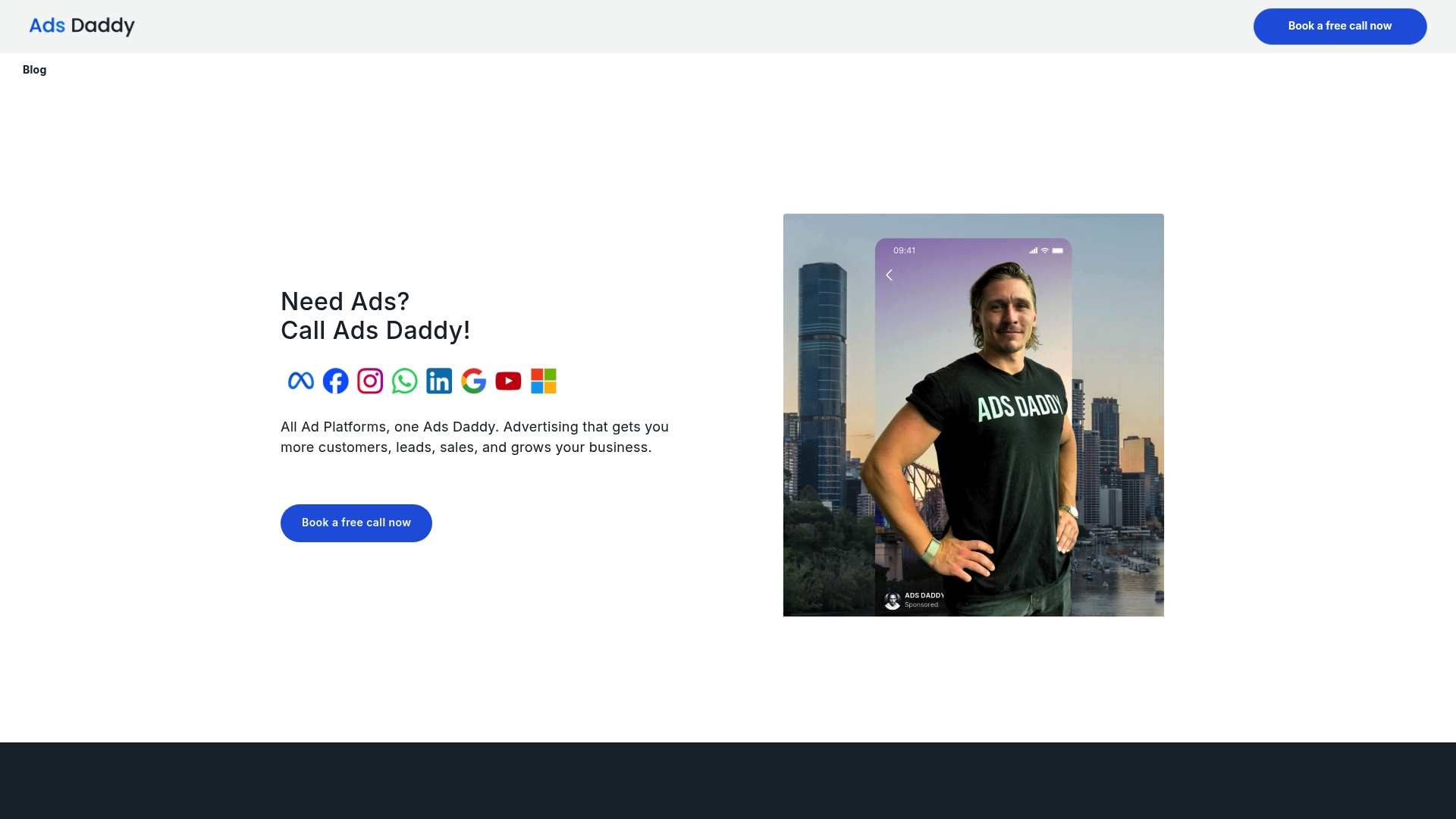Did you know that businesses tailoring messages to the right audience can see marketing costs drop by as much as 30 percent? Trying to capture everyone rarely leads to real results. The secret lies in understanding who actually connects with what you offer. Accurate audience targeting shapes campaigns that speak to real needs, spark interest, and turn effort into actual growth instead of wasted resources.
Table of Contents
- Defining Audience Targeting And Its Importance
- Types Of Audience Segmentation In Advertising
- How Audience Targeting Improves Campaign Performance
- Real-World Examples Across Major Ad Platforms
- Common Mistakes And Pitfalls To Avoid
Key Takeaways
| Point | Details |
|---|---|
| Importance of Audience Targeting | Audience targeting refines marketing efforts by focusing on specific customer groups, enhancing message relevance and engagement. |
| Segmentation Techniques | Employ various segmentation methods—including demographic, psychographic, behavioral, geographic, and technographic—to create detailed customer profiles for more effective communication. |
| Performance Enhancement | Targeted messaging leads to higher campaign performance with increased engagement, conversion rates, and optimized advertising spend. |
| Common Mistakes | Avoid over-reliance on demographic data and ensure continuous refinement of targeting strategies to prevent wasted resources and improve marketing effectiveness. |
Defining Audience Targeting and Its Importance
Audience targeting is the strategic process of identifying and focusing marketing efforts on specific groups of potential customers who are most likely to be interested in your products or services. According to research from Business.gov.au, this approach helps businesses concentrate their marketing resources effectively by reaching the right people with tailored messages.
At its core, audience targeting involves creating detailed personas that map out your ideal customer’s demographics, psychographics, behaviors, and preferences. As insights from the Australian Institute of Sport suggest, a quality social media strategy requires understanding your audience’s precise characteristics to enable more effective communication and engagement. This means going beyond basic demographic information like age and location to understand deeper motivations, challenges, and aspirations.
The power of audience targeting lies in its ability to transform generic marketing into precision-driven communication. By segmenting your potential customer base, you can craft messages that resonate on a personal level, dramatically improving conversion rates and marketing efficiency. Key benefits include:
- More relevant advertising content
- Higher engagement rates
- Improved return on marketing investment
- Reduced advertising waste
- Enhanced customer understanding
For businesses looking to maximize their marketing impact, understanding the role of ad targeting isn’t just a strategy – it’s a necessity in today’s competitive digital landscape.
Types of Audience Segmentation in Advertising
Market segmentation is a powerful strategy that breaks down customer bases into distinct groups sharing common attributes or needs. According to research from the Victorian Government, this technique helps businesses design and test value propositions more effectively, leading to more targeted marketing strategies.
Demographic Segmentation is the most fundamental approach, dividing audiences based on measurable characteristics like age, gender, income, education, and occupation. This method provides a basic framework for understanding potential customer groups. However, modern marketing requires diving deeper into more nuanced segmentation techniques.
Beyond demographics, sophisticated segmentation strategies include:
- Psychographic Segmentation: Categorizing audiences by personality traits, values, attitudes, and lifestyle choices
- Behavioral Segmentation: Grouping customers based on purchasing behavior, brand interactions, and engagement patterns
- Geographic Segmentation: Targeting audiences based on location, regional preferences, and cultural characteristics
- Technographic Segmentation: Analyzing audiences by their technology usage, digital behaviors, and platform preferences
By combining these segmentation approaches, businesses can create highly precise audience profiles that enable more personalized and effective marketing communications.
 For more insights into refining your targeting strategies, explore our digital marketing news and tips to stay ahead of the latest audience segmentation techniques.
For more insights into refining your targeting strategies, explore our digital marketing news and tips to stay ahead of the latest audience segmentation techniques.
Here’s a summary of major audience segmentation types and their key features:
| Segmentation Type | Key Characteristics | Typical Data Sources |
|---|---|---|
| Demographic | Age Gender Income Education |
Census data Customer surveys |
| Psychographic | Values Interests Lifestyle |
Interviews Social listening |
| Behavioural | Purchase habits Brand loyalty |
CRM data Website analytics |
| Geographic | Country Region Local climate |
Address data Market research |
| Technographic | Device type Software usage Platforms |
Web logs Tech adoption surveys |
How Audience Targeting Improves Campaign Performance
According to research from Central Queensland University, the segmentation, targeting, and positioning (STP) model fundamentally transforms marketing strategies by shifting focus from product differentiation to deep consumer behavior understanding. This approach allows businesses to identify potential target audiences and craft messages that resonate precisely with their intended market.
Campaign Performance dramatically improves when marketers move beyond generic messaging to highly targeted communications. As outlined by Australian government research on advertising campaigns, deliberately defining target audiences enables more effective message delivery, leading to significantly enhanced outcomes. This means creating communication activities that don’t just broadcast information, but strategically inform, educate, and motivate specific audience segments.
The key performance improvements from precise audience targeting include:
- Increased engagement rates
- Higher conversion probability
- More efficient ad spend
- Reduced marketing waste
- Improved return on investment
- Enhanced customer understanding
To truly optimize your advertising approach, learn more about ad campaign management and discover how strategic targeting can transform your marketing results. By understanding and implementing sophisticated audience targeting techniques, businesses can create more meaningful connections with potential customers, ultimately driving growth and success.
Real-World Examples Across Major Ad Platforms
According to research from the Office of the Australian Information Commissioner, targeted online marketing involves delivering ads based on users’ specific browsing habits and interests. This sophisticated approach allows advertisers to present hyper-relevant content to precise audience segments, dramatically enhancing engagement and conversion potential across different digital platforms.
Platform-Specific Targeting strategies demonstrate the power of audience segmentation. On Facebook, for instance, advertisers can target users based on detailed demographics, interests, behaviors, and even recent life events. Google Ads enables targeting through search intent, allowing businesses to connect with potential customers actively seeking specific products or services. LinkedIn offers professional demographic targeting, perfect for B2B marketing campaigns that require precise business-related audience selection.
Key targeting techniques across major platforms include:
- Demographic matching
- Interest-based segmentation
- Behavioral tracking
- Lookalike audience creation
- Retargeting previous website visitors
- Custom audience development
Explore our Facebook Ads strategies to understand how granular targeting can transform your digital advertising approach. By leveraging platform-specific tools and understanding audience nuances, businesses can create more meaningful, conversion-driven marketing experiences that speak directly to their ideal customers.
Common Mistakes and Pitfalls to Avoid
According to research from the Victorian Government on market segmentation, one of the most critical errors businesses make is relying exclusively on demographic data when defining target audiences. While age, income, and location provide basic insights, they often fail to capture the deeper motivations and needs that truly drive consumer behavior and purchasing decisions.
Audience Targeting Mistakes can significantly undermine marketing efforts and waste valuable advertising budgets. Common pitfalls include over-generalizing audience characteristics, neglecting psychographic factors, and failing to continuously refine targeting strategies. Many marketers mistakenly believe that broad targeting increases potential reach, when in reality, it often reduces message relevance and engagement.
Key mistakes to avoid in audience targeting include:
- Relying solely on surface-level demographic information
- Ignoring customer behavior and interaction patterns
- Failing to update audience personas regularly
- Creating overly narrow or excessively broad target segments
- Neglecting cross-platform audience insights
- Not leveraging advanced targeting technologies
Learn more about ad optimization strategies to transform your approach from generic broadcasting to precision-targeted communication. By understanding and avoiding these common pitfalls, businesses can develop more nuanced, effective audience targeting strategies that truly resonate with their ideal customers.
Unlock the Power of Precise Audience Targeting for Your Business
If you have ever struggled with reaching the right customers or felt like your advertising budget is wasted on broad, ineffective campaigns, this is your opportunity to turn things around. The article highlights how target specific audiences using detailed segmentation and behavioural insights can dramatically boost your marketing success. Pinpointing the exact needs and motivations of your ideal customers transforms your ads from generic noise into compelling messages that truly connect.
At AdsDaddy.com, we specialise in making this transformation simple and effective. From creating tailored Facebook and Google campaigns to optimising video and carousel ads with advanced data-driven techniques, we help you cut through the clutter and reach your real audience. Our expert team leverages tools like Meta for Business and Klaviyo to deliver integrated customer engagement that turns prospects into loyal customers.

Ready to stop wasting money on untargeted ads and start growing your business with confident marketing strategies designed just for your audience? Discover how our ad campaign management services and expert targeting solutions can drive measurable results today. Visit AdsDaddy.com now and take the first step toward advertising domination.
Frequently Asked Questions
What is audience targeting in marketing?
Audience targeting is the strategy of identifying specific groups of potential customers based on demographics, psychographics, behaviors, and preferences to tailor marketing messages effectively.
Why is audience targeting important for businesses?
Audience targeting is crucial as it allows businesses to use their marketing resources efficiently, improve engagement rates, enhance ROI, and create more relevant advertising content that resonates with potential customers.
What are the major types of audience segmentation?
The major types of audience segmentation include demographic, psychographic, behavioral, geographic, and technographic segmentation, each focusing on different characteristics or behaviors of potential customers.
How can targeted advertising improve campaign performance?
Targeted advertising can improve campaign performance by increasing engagement rates, boosting conversion probability, reducing marketing waste, and enabling more effective message delivery tailored to specific audience segments.



